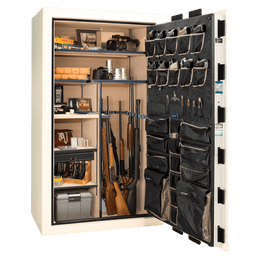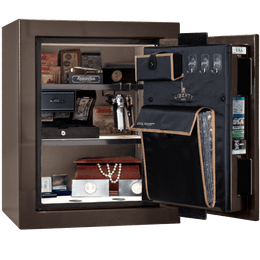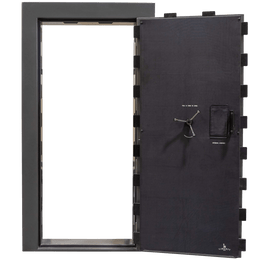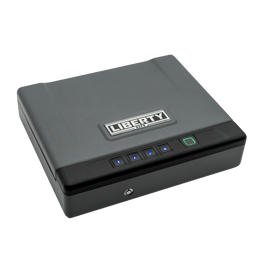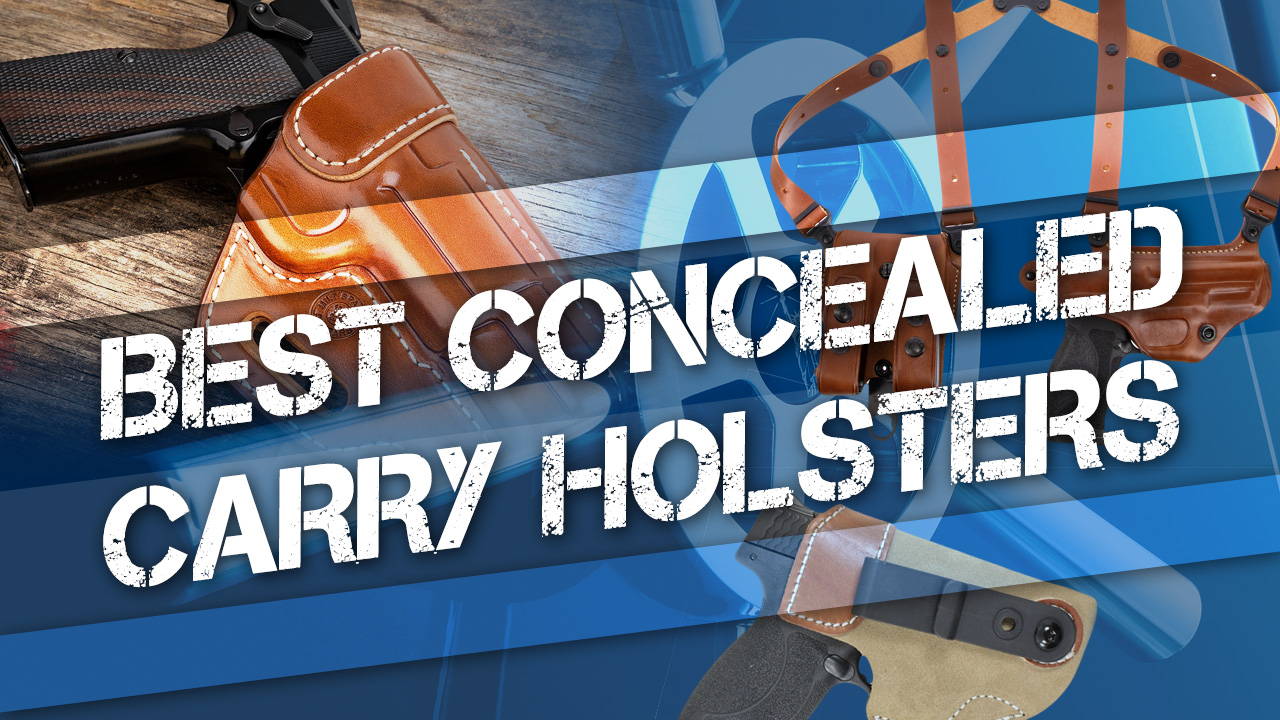With more states and jurisdictions permitting legal concealed carry of firearms, there has been an explosion in sales of CCW-style handguns over the past few years. But having a suitable firearm and the legal right to carry it is just part of the equation. You also need a good holster that makes it convenient, comfortable, and safe to carry your firearm otherwise, you won’t carry it.
Let’s go over some basics on what makes a good CCW holster, what types of holsters are available, and some factors to consider when choosing the best concealed carry holster.
What makes a good holster?
In simple terms, an ideal concealed carry holster will perform two primary functions.
- It should keep your gun concealed, secure, and ready for rapid access.
- It should minimize the discomfort and inconvenience of carrying a gun so that you carry it daily.
After all, if you’re out and about, your CCW firearm doesn’t do you good if it’s sitting in your safe at home.
This may sound relatively simple, but anyone who has spent some time wearing a few holsters will tell you that many nuances and personal preferences come into play. This is why there are so many different types, styles, materials, and manufacturers of concealed carry holsters, and why most gun people have a drawer full of old, unused holsters they didn’t like.
Likely, the first CCW holster you buy might not be the last you buy. There are so many variations in body type, tolerance to discomfort, skin allergies, styles of dress, and desired firearm and method of carry that it’s literally impossible to tell someone what is the best for them. But we can provide some options and info to consider, so you can hopefully make a solid choice and minimize spending over and over trying to find a suitable holster.
Different types of holsters
For you to determine what type of holster might be the best for you, we’ll need to go over the main types or designs of holsters. Here are the main categories today, along with some of our favorite examples:
OWB (outside the waistband)
OWB holsters are the traditional option, where the holster body rides outside your pants on your beltline, usually on your dominant side between the 2-o’clock and 5-o’clock position for right-handers. If you view your body from above, with the front of your belt at noon, 3 o’clock will be the rightmost point of the clock.
OWB holsters are usually either secured by threading your belt through built-in slots or loops on the holster or by inserting an integral holster paddle between your body and your outer garment/belt. OWB holsters generally are more accessible to draw from than other types but are more difficult to conceal, as they require a cover garment like a jacket, vest, or untucked shirt. The Milt Sparks 55BN is an example of an excellent leather OWB holster.
Image: Milt Sparks 55BN OWB Holster
IWB (inside the waistband)
For CCW purposes, IWB holsters became very popular in the latter half of the 20th century. In this design, the holster rides between your outer garment and body and is typically secured to a belt with loops or clips. Some IWB holsters are tuckable, meaning you can tuck your shirt or cover garment between the holster and the belt clip for enhanced concealment.
IWB holsters are typically worn in the same position on the belt as OWB holsters, except for appendix holsters mentioned below. IWB holsters are generally easier to conceal than OWB types, but reholstering safely can be an issue, and sometimes access to the gun can be slower. The DeSantis Sof-Tuk is an example of an affordable, tuckable IWB holster.
Image: DeSantis Sof-Tuk IWB Holster
AIWB (appendix inside the waistband)
AIWB carry has become extremely popular with CCW permit holders over the past few years. Appendix carry means the holster is positioned much further forward than a typical IWB holster, at around 1 o’clock (near the person’s appendix, hence the name) or even 12 o’clock position on the belt. Advocates prefer the comfort and enhanced concealability, as well as the rapid access to the gun, holster, and any included spare magazine pouches with both hands.
Image: LAS Concealment Ronin 3.0
With practice, drawing from a good AIWB rig can be extremely fast. The primary downside of AIWB carry is the potential danger of an unintended discharge into your groin or femoral artery if you don’t reholster slowly and carefully each time and ensure nothing enters the trigger guard. Here’s a good video covering the issues. A firearm with a manual safety or safety/decocker can be a partial solution here. The LAS Concealment Ronin is an excellent example of an AIWB holster/mag pouch rig.
Video: LAS Concealment Ronin 3.0
Generally, the lighter and smaller the gun, the easier it will be to carry all day. However, this also means the firearm will be harder and potentially more painful to shoot when practicing and if you ever need to use it to defend your life. You will need to determine what compromises you’re willing to make here.
Video: Is Appendix Carry Safe?
Benefits of a good gun holster
Let’s review some of the primary benefits of a good CCW holster.
Protects the gun itself
A good holster will help protect the firearm’s finish and mechanisms from wear and damage and keep lint, dust, and debris out of the action. It won’t accelerate rust or corrosion or retain excess moisture.
Enhances safety
A good CCW holster will provide a good balance of firearm retention (so it doesn’t fall out as you move around) and ease of draw (so the gun comes out smoothly when you intentionally remove it when needed). Additionally, a well-designed holster will conform to the shape and curves of your firearm, including any safety mechanisms, and help prevent them from disengaging as you move, bend, etc. Of course, any holster intended for CCW should also prevent the trigger from being moved while the gun is holstered.
Enables a rapid draw stroke
Of course, carrying a firearm for defense enables you to defend your life (or others) from lethal threats. If you can’t access and present your gun efficiently, smoothly, and rapidly, it won’t do you much good. Your holster choice should allow quick and safe drawing of your firearm, and you should practice regularly.
Provides effective concealment
Concealed means concealed, and in some jurisdictions, you can be fined or prosecuted for allowing your CCW firearm to be exposed to the general public. A good CCW holster will be designed to maximize concealment, minimize printing during typical movement, and keep your firearm hidden until you need it.
Comfortably supports the weight of the gun and any spare ammunition
A good holster (and belt/support method) will help reduce fatigue and irritation by properly supporting the firearm and any spare mags or speedloaders you choose to carry, and it won’t abrade your skin if it contacts it. This can greatly affect your decision to wear your gun daily. You could even argue that a good, comfortable CCW holster is almost more important than the gun since an uncomfortable method of carrying will have you leaving your handgun at home more often than not.
Keep your CCW handgun and holster secure in a Liberty Safe
Whatever holster or carry rig you choose, make sure to keep all your firearms securely locked up when not in use. The best way is with one of Liberty’s home safes or handgun vaults. Check them out online, or see a dealer near you.
*Made in the U.S.A. from U.S. and Global Parts.


